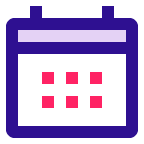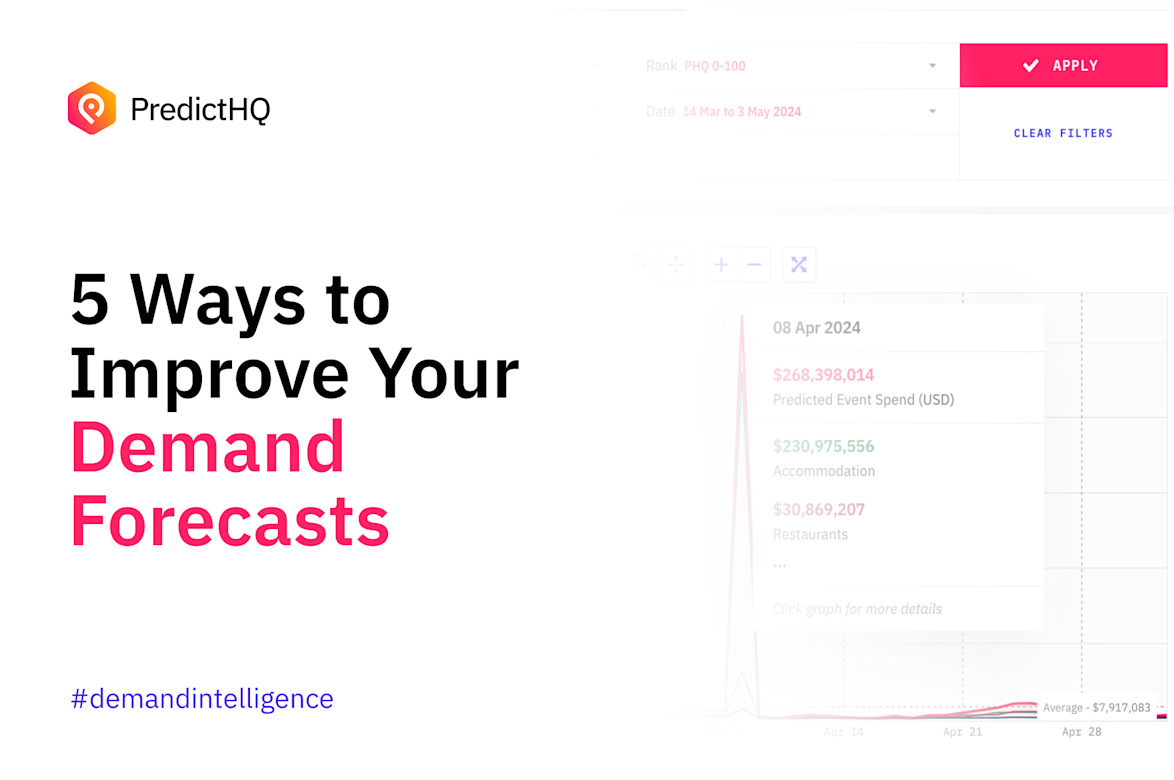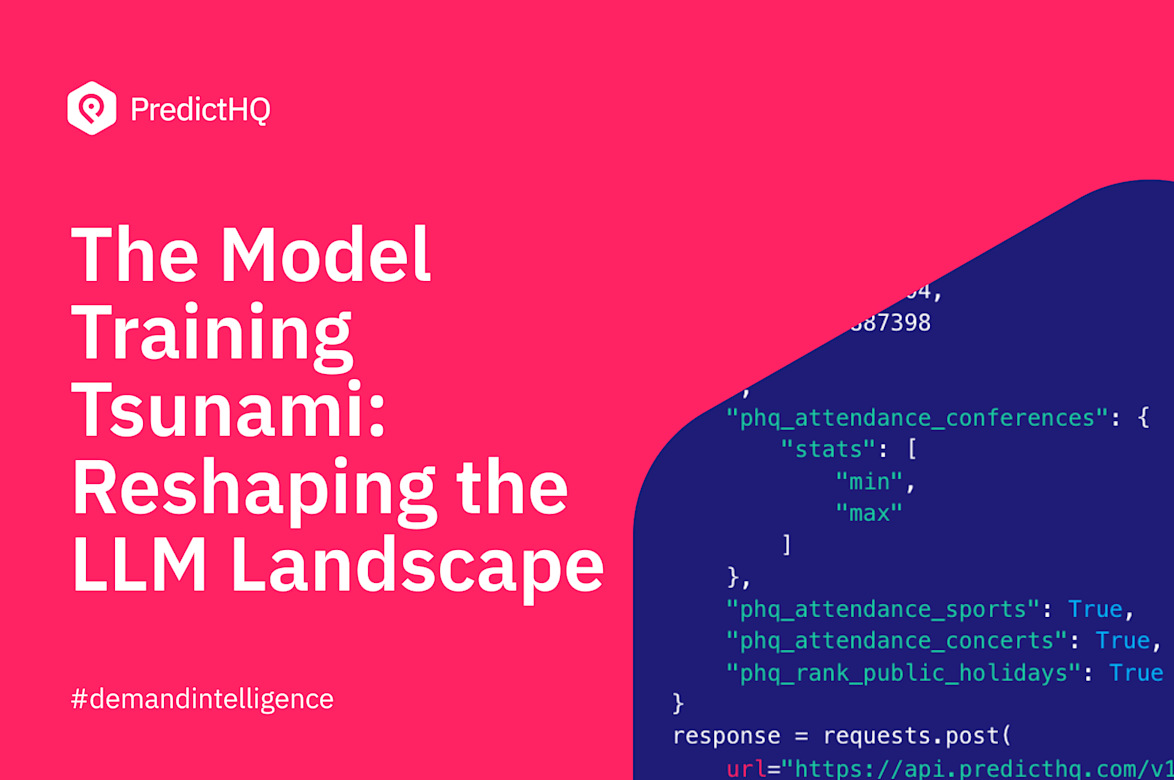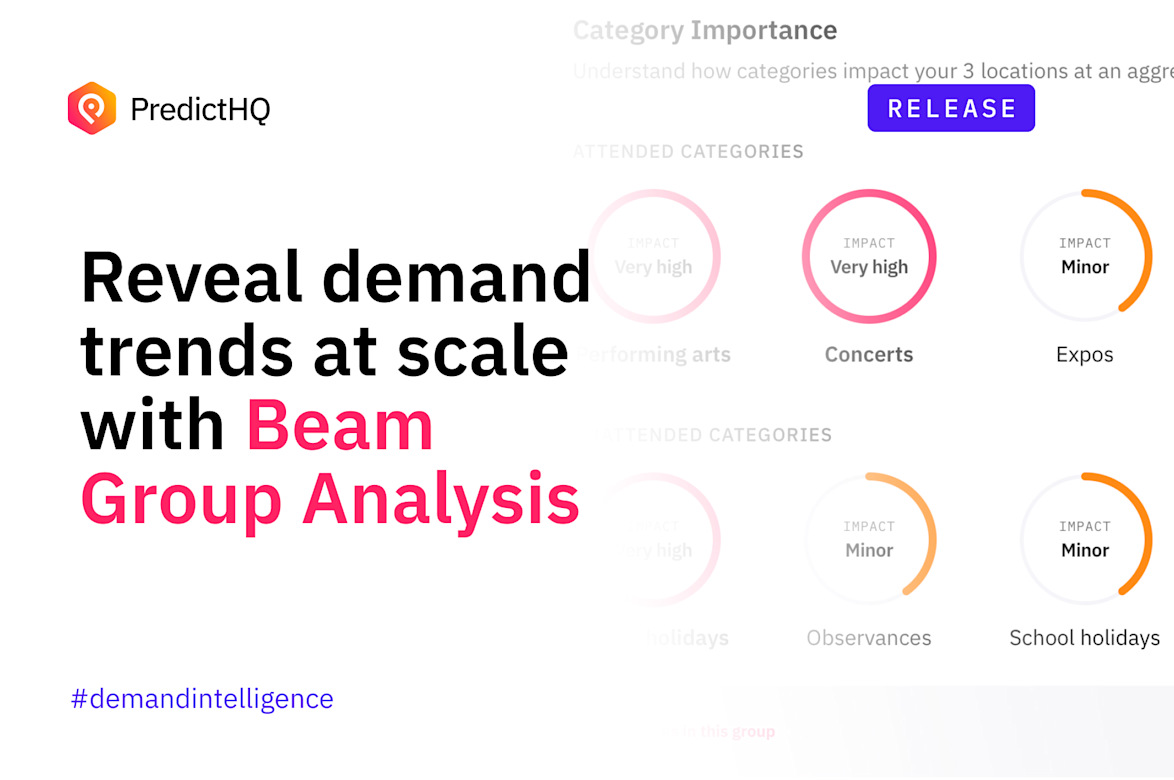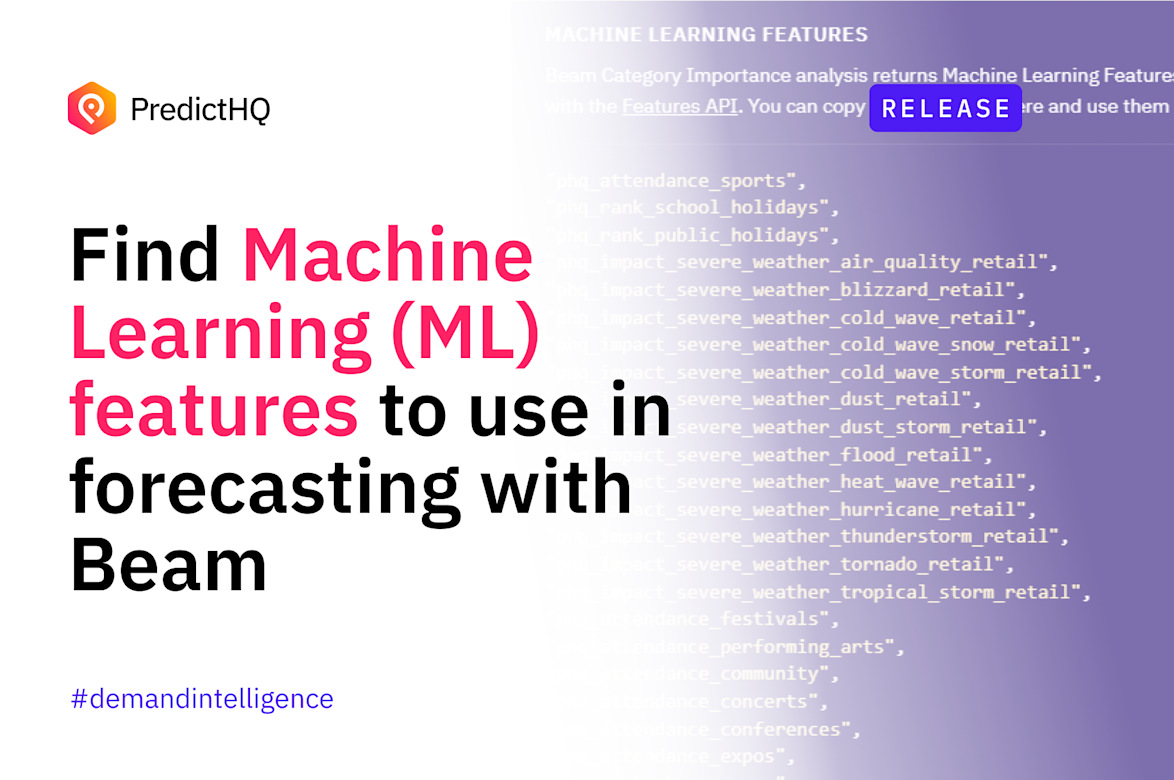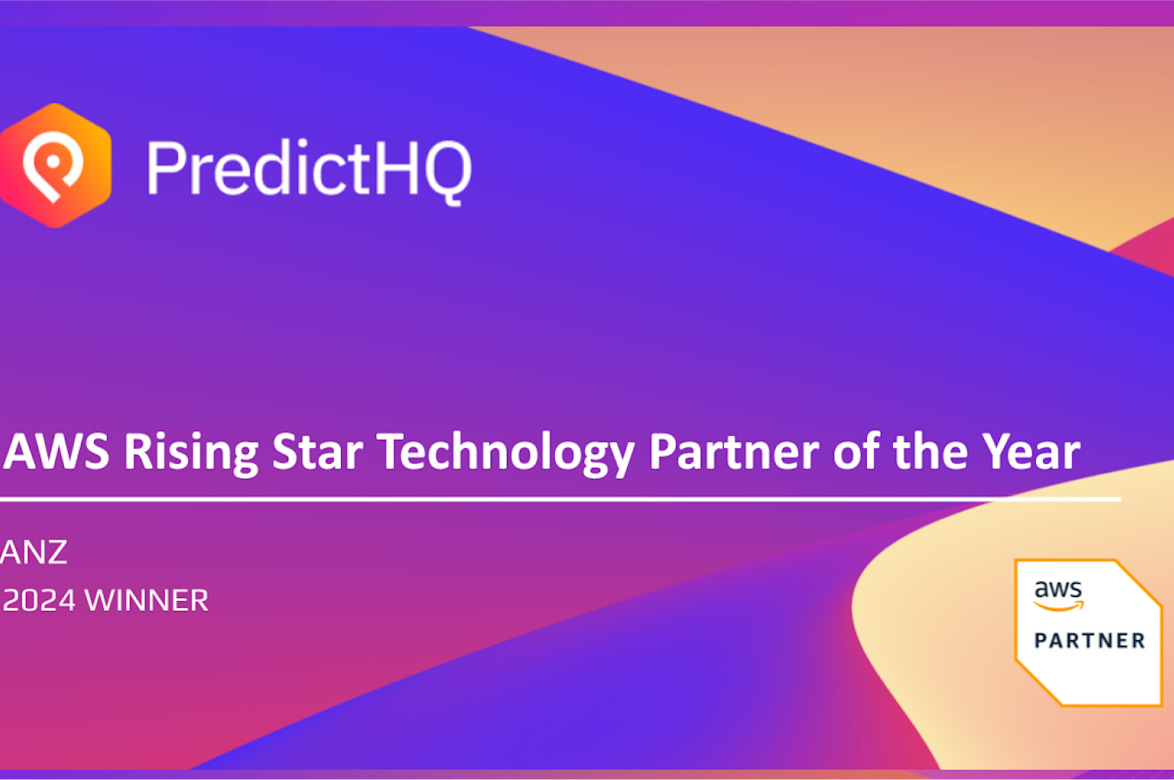How to Choose the Right Demand Forecasting Model
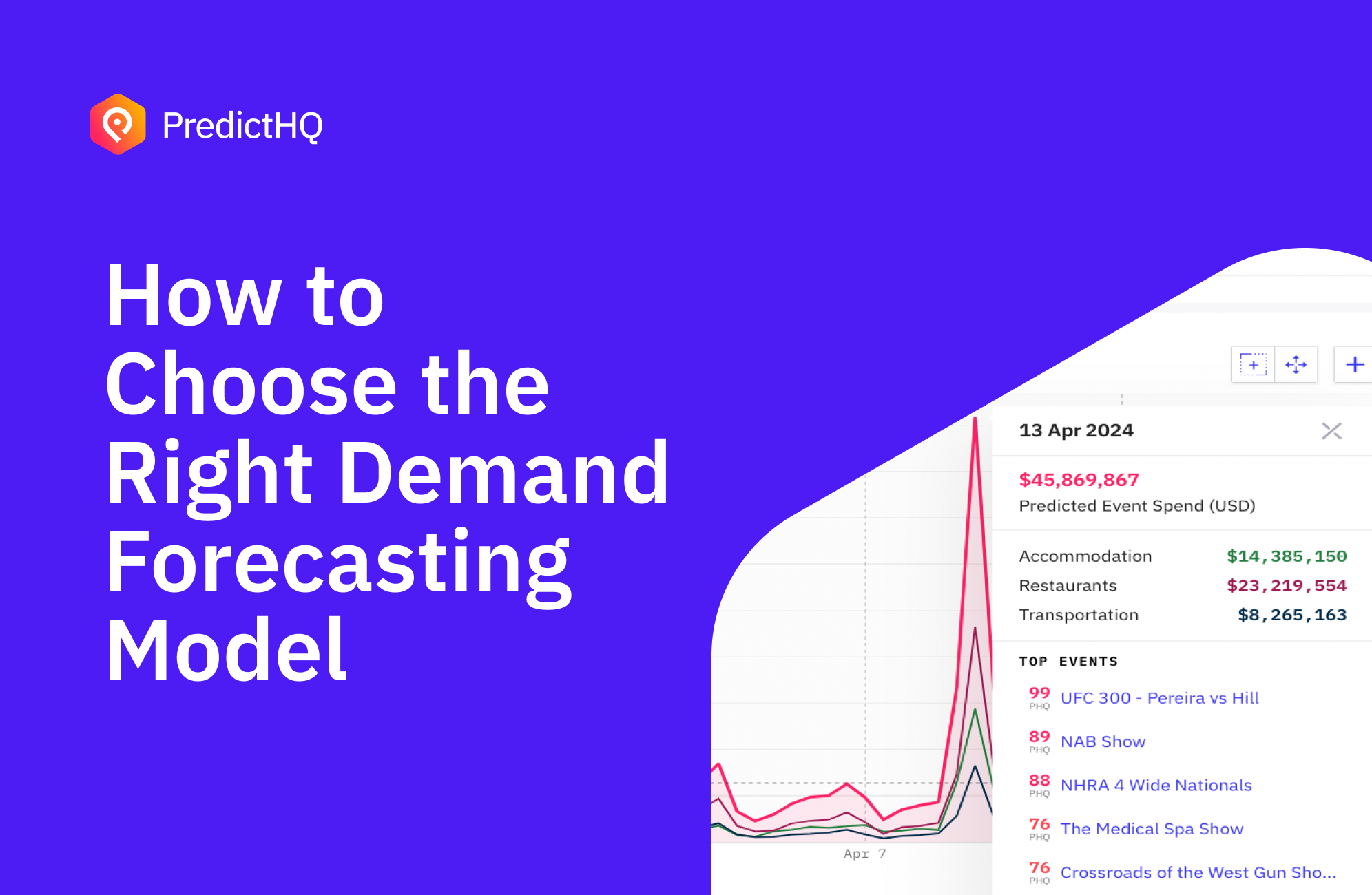
Demand forecasting models are a must-have in today’s competitive business landscape, as they provide a reliable glimpse into the future of ever-changing customer needs. These models analyze historical data and identify patterns to estimate future demand, allowing you to optimize inventory levels, plan production schedules, and make data-driven decisions that fuel business growth. But with a variety of models available, which one is right for you?
This article dives into four of the most common types of demand forecasting models, detailing the data they require, to empower you to choose the best tool for the job.
4 Common Demand Forecasting Models
The world of demand forecasting offers a variety of models, each suited to different data availability and demand complexity. By understanding the strengths and requirements of each model, you can choose the one that best equips you to anticipate customer needs with confidence.
1. Linear Regression: Reveal Linear Relationships
Linear regression is a statistical technique that helps you understand the linear relationship between two variables. In demand forecasting, this translates to identifying how a single factor (like price, or marketing spend) impacts customer demand. To use Linear Regression, you’ll need historical sales data and one influencing factor, such as price or marketing spend.
This type of model essentially creates a best-fitting straight line through your data points, which represents the linear relationship between the independent variable (the influencing factor) and the dependent variable (sales). The steeper the slope of the line, the stronger the impact of the factor on demand.
This model is a great starting point for understanding how a specific factor influences your demand. It's easy to interpret and provides a clear picture of the linear relationship.
2. Random Forest Regression: Uncover Intricate Patterns
Random Forest Regression is an ensemble method based on decision trees. In this approach, numerous decision trees are created during training time and output the average of the individual trees to improve prediction accuracy and control over-fitting (mistaking random noise for a pattern). Each tree in the random forest is built from a sample drawn with replacement (i.e., a bootstrap sample) from the training set.
Furthermore, when splitting a node during the construction of the tree, the split that is chosen is no longer the best split among all features but the best split among a random subset of the features. This process creates a wide diversity among the trees, which results in a more robust overall prediction when they’re averaged together.
To use this technique, you’ll need historical sales data, potentially with additional factors such as time and trend features. Random Forest Regression can handle nonlinear relationships between factors and demand, thriving in complex scenarios where traditional models might struggle, such as those with multiple influencing factors, or where relationships aren't entirely clear —making it a critical tool for businesses with intricate demand patterns.
3. Gradient Boosting: Leverage Ensemble Power
The Gradient Boosting method builds models sequentially. Each new model gradually minimizes the loss function (usually a loss related to making incorrect predictions) of the combined set of models using the gradient descent method. The learning procedure consecutively fits new models to provide a more accurate estimate of the response variable.
Unlike Random Forests, Gradient Boosting typically uses shallow trees (i.e., trees of limited depth). It starts with a single tree and incrementally expands this by adding trees that correct the residuals left by the previous ones, ultimately leading to a more accurate prediction.
XGBoost, LightGBM, and CatBoost are examples of gradient boosting which each have their own strengths:
XGBoost (eXtreme Gradient Boosting): A widely used and versatile option, known for its effectiveness and accuracy.
LightGBM (Light Gradient Boosting Machine): Known for its speed and efficiency, particularly suitable for large datasets.
CatBoost (Category Boosting): Particularly adept at handling categorical data (data with non-numerical labels) and can sometimes outperform XGBoost in specific scenarios.
To use this type of model, you’ll need historical sales data and additional factors. These models are ideal for complex demand patterns where the relationship between factors and demand might not be straightforward. They can handle non-linear relationships and are especially useful for larger datasets.
4. Deep Transformer Forecasting: Unleash Deep Learning Power
A Deep Transformer Model leverages a deep learning architecture called a transformer. Transformers excel at identifying long-range dependencies within data, making them suitable for uncovering complex patterns that traditional models might miss.
These models are at the forefront of demand forecasting as they can handle massive datasets and highly intricate demand patterns, especially when there might be hidden or subtle relationships between factors influencing demand.
Deep Transformer models are extremely data-hungry, which is why you need large historical sales data and several external data sources to maximize their effectiveness. Training these models can require significant computational resources and infrastructure.
Despite the considerations, these models hold immense potential for businesses with highly complex demand patterns and vast amounts of data. Their ability to uncover hidden relationships is used by businesses across industries to power significantly more accurate forecasts.
Improve Forecast Accuracy With Dynamic, Contextual Event Data
While the best demand forecasting model depends on your business needs, the effectiveness of any forecasting model hinges on incorporating external data tailored to your unique requirements.
By incorporating trusted external data like PredictHQ's event intelligence, these models not only analyze historical sales trends, but also factor in predicted event attendance and spend around events within your specific region or locations that matter to your business.
Leading companies across industries use this data to build smarter forecasting models that explore how events like concerts, public holidays, and even severe weather fluctuations influence demand — and identify subtle patterns and relationships that otherwise might be missed, resulting in more accurate forecasts.
This predictive data empowers you to make informed decisions around promotions, staffing, and inventory levels in preparation for these external influences. Book a demo today to see how you can use intelligent event data in your forecasting to uncover hidden patterns and gain a deeper understanding of local demand trends at scale.


